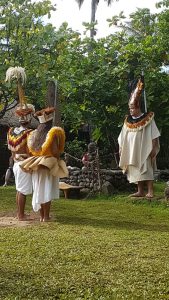X is often one of my more difficult letters to represent when we are designing an ABC Adventure. I was so excited when I realized there are over 400 “X” words to explore! I was even more excited to find the word “Xenomania” as one of them.
Xenomania is found in the Urban dictionary. It is defined as “a passion for all things foreign and the customs associated.” This seemed really fitting to begin a new year.
Since our mission for this year is to stretch ourselves, we will soon be setting out on our Pacific Island Adventure.
We also needed an “X”, to represent our purpose.
Travel opens our minds to the differences between people. What better way for us to discover the Southern Hemisphere than to allow ourselves a full immersion in cultures and customs! We are excited to share the journey with you. In the coming days we will be exploring new foods, seeing new sights and fully embracing all things foreign. We plan to become “Xenomaniacs”! Tomorrow I will share the Bucket List of goals we have created for this trip.
